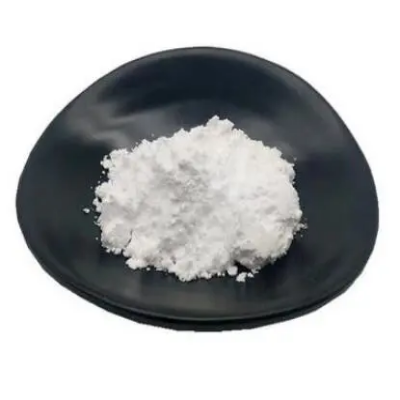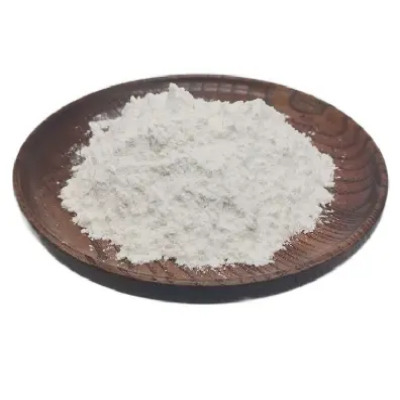di(morpholin-4-yl) disulphide CAS:103-34-4
Di(morpholin-4-yl) disulfide (DMD) is a specialized organic compound characterized by the presence of two morpholine groups linked by a disulfide (-S-S-) bond. The morpholine ring consists of a six-membered cyclic structure containing both oxygen and nitrogen atoms. This unique arrangement imparts distinct physicochemical properties to DMD, making it suitable for a variety of applications in chemistry and medicine. One of the primary areas of interest for di(morpholin-4-yl) disulfide is in medicinal chemistry. The morpholine moiety is prevalent in numerous pharmaceutical compounds, often contributing to enhanced solubility and bioavailability. The disulfide bond enables DMD to participate in redox reactions, which can be harnessed in drug delivery systems. For instance, the reversible nature of disulfide bonds allows for the controlled release of active pharmaceutical ingredients, making the compound promising for developing targeted therapies. Additionally, DMD has shown potential as a reducing agent in various organic transformations. Its ability to generate thiol groups upon reduction makes it useful in cross-linking reactions and the synthesis of thiolated compounds. These properties are particularly beneficial in polymer chemistry, where DMD can serve as a cross-linker for creating resilient materials with improved mechanical properties. The incorporation of morpholine units into polymer backbones can enhance the elasticity and thermal stability of the resulting materials. The versatility of di(morpholin-4-yl) disulfide extends beyond drug development and materials science; it can also play a role in biochemistry. Due to its structural properties, DMD may interact with biomolecules, influencing enzymatic activity or cellular processes. Understanding these interactions can pave the way for novel therapeutic strategies based on targeting specific biological pathways. Moreover, ongoing research aims to investigate the potential of DMD in the field of nanotechnology. Its reactivity facilitates functionalization of nanoparticles, enabling the design of smart delivery systems that respond to environmental stimuli. Such advancements could lead to significant improvements in diagnostics and treatment modalities in healthcare. In summary, di(morpholin-4-yl) disulfide is a multifunctional compound with diverse applications spanning medicinal chemistry, materials science, and biochemistry. Its unique structural features, including the morpholine rings and disulfide linkage, provide opportunities for innovative research and development. As exploration continues, di(morpholin-4-yl) disulfide is poised to make valuable contributions to various scientific fields, potentially leading to breakthroughs in drug delivery systems, advanced materials, and biotechnological applications.



| Composition | C8H16N2O2S2 |
| Assay | 99% |
| Appearance | white powder |
| CAS No. | 103-34-4 |
| Packing | Small and bulk |
| Shelf Life | 2 years |
| Storage | Store in cool and dry area |
| Certification | ISO. |




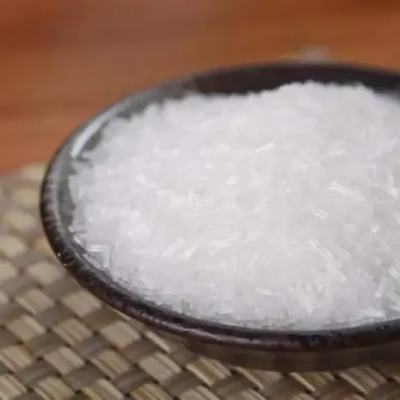
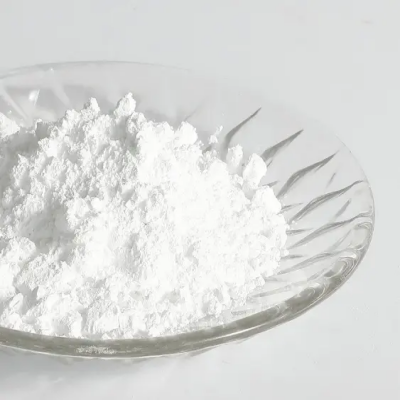
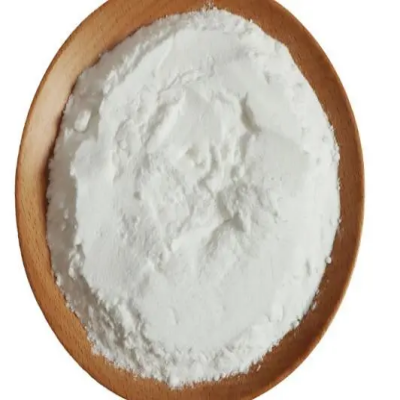
![[1,1'-Biphenyl]-4-amine,N-[1,1'-biphenyl]-4-yl-N-(4-bromophenyl)- CAS:499128-71-1](https://cdn.globalso.com/xindaobiotech/6FOL1BS0UMD0X9Z40273.png)
